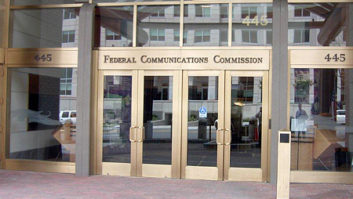Emergency alerting continues to be a priority for the Federal Communication Commission. It has adopted a notice of proposed rulemaking designed to strengthen the nation’s Emergency Alert System by encouraging authorities to take a more active effort in promoting participation, supporting greater testing and leveraging technological advances.
The NPRM proposes several changes, including that states begin to file EAS plans with the commission through the use of an online system and template; that EAS testing transition from a purely technical event to one that would support voluntary integration with community exercises; and that EAS participants be required to certify performance of industry-recommended security best practices.
The proposal also recommends allowing federal, state and local governments to issue public service announcements using the EAS sound attention signal, provided that the alert is presented in a non-misleading manner.
The FCC also wants comments on several issues, including whether EAS participants should be required to submit an annual certification that they are following EAS security best practices; how community-based alerting exercises can best meet the needs of individuals with limited English proficiency and those with disabilities; and what impact EAS alerts have when they are received on different technology platforms.
All commissioners gave the measure at least partial support. Commissioner Jessica Rosenworcel said that “great programs do not thrive without continuous review and care. The emergency alert program deserves this consideration. It needs to be modernized.”
Commissioner Michael O’Rielly approved the NPRM in part and dissented in part. He said that although EAS is a viable service, “not only must we ensure that we do not place unnecessary burdens on states and other EAS participants, but we also need to ensure that the alerts are reliable, and not so intrusive or testing so pervasive that people start ignoring them.”
Commissioner Ajit Pai said he was “particularly pleased” that the NPRM now includes a section that asks fundamental questions about the structure of the alerting system.
“Right now EAS messages are transmitted in one of two ways, either through the traditional broadcast-based EAS protocol or through a newer Internet-based protocol,” he said. “It doesn’t make sense to maintain these two approaches for redundancy or other purposes. Should we switch to a single distribution method?” he asked.










